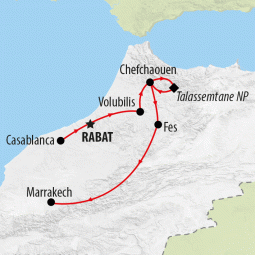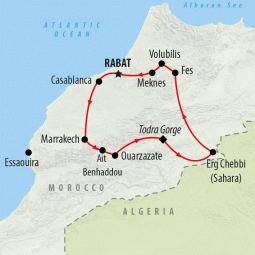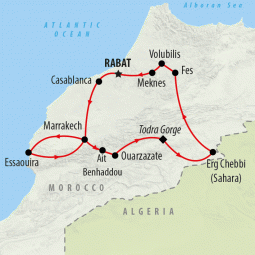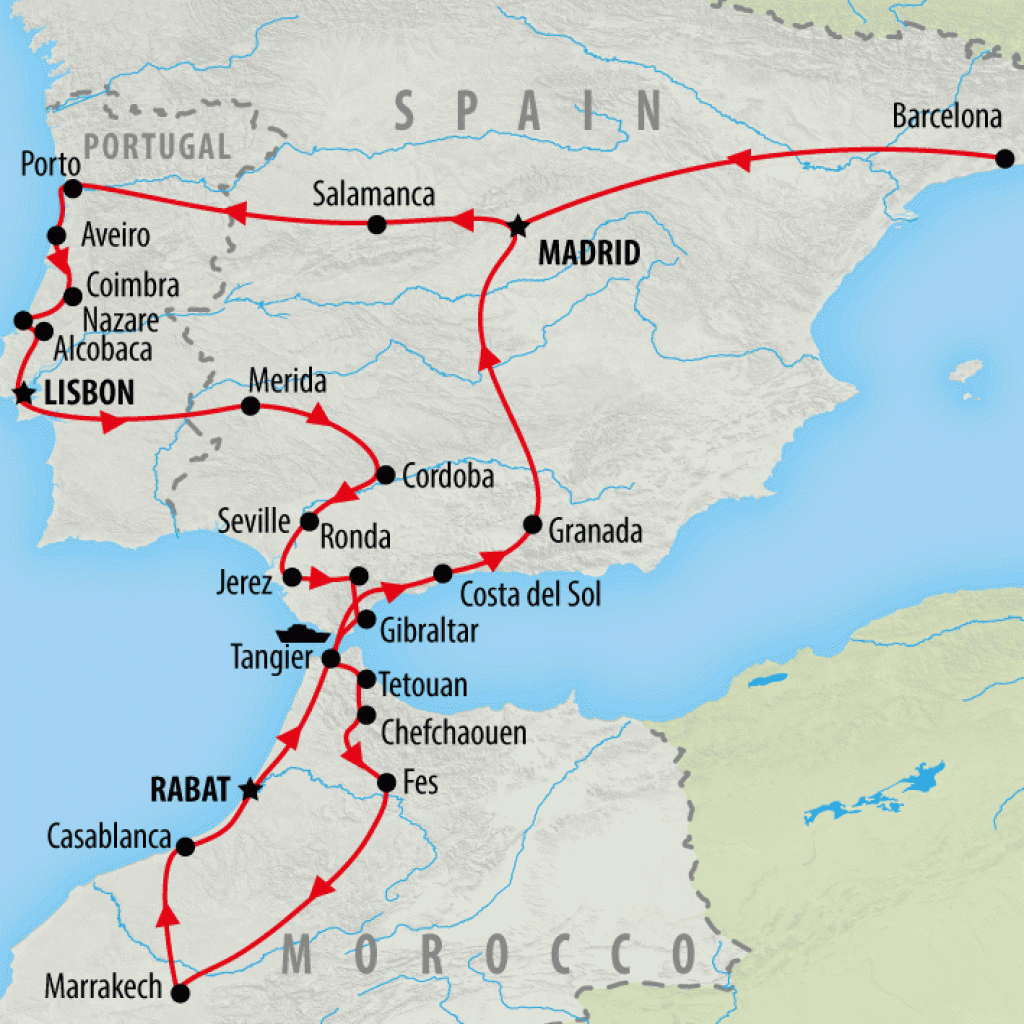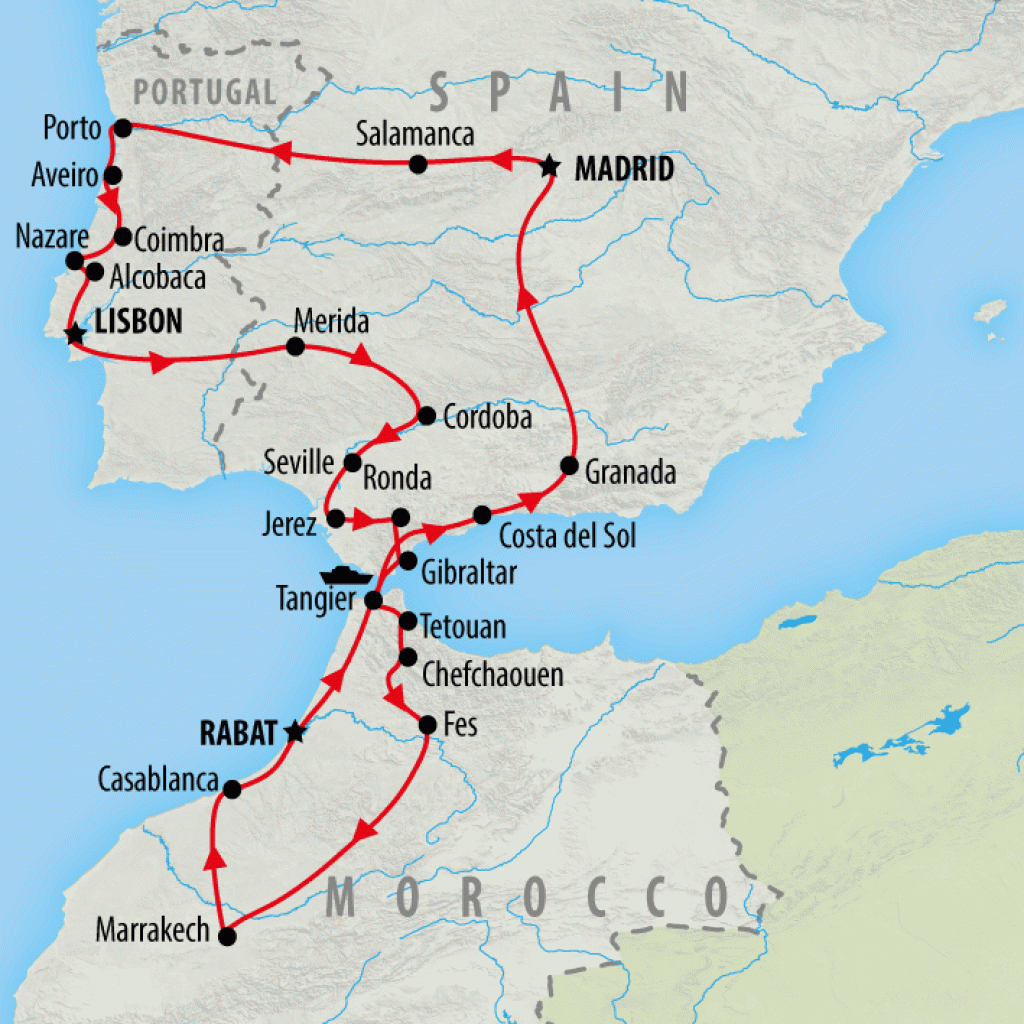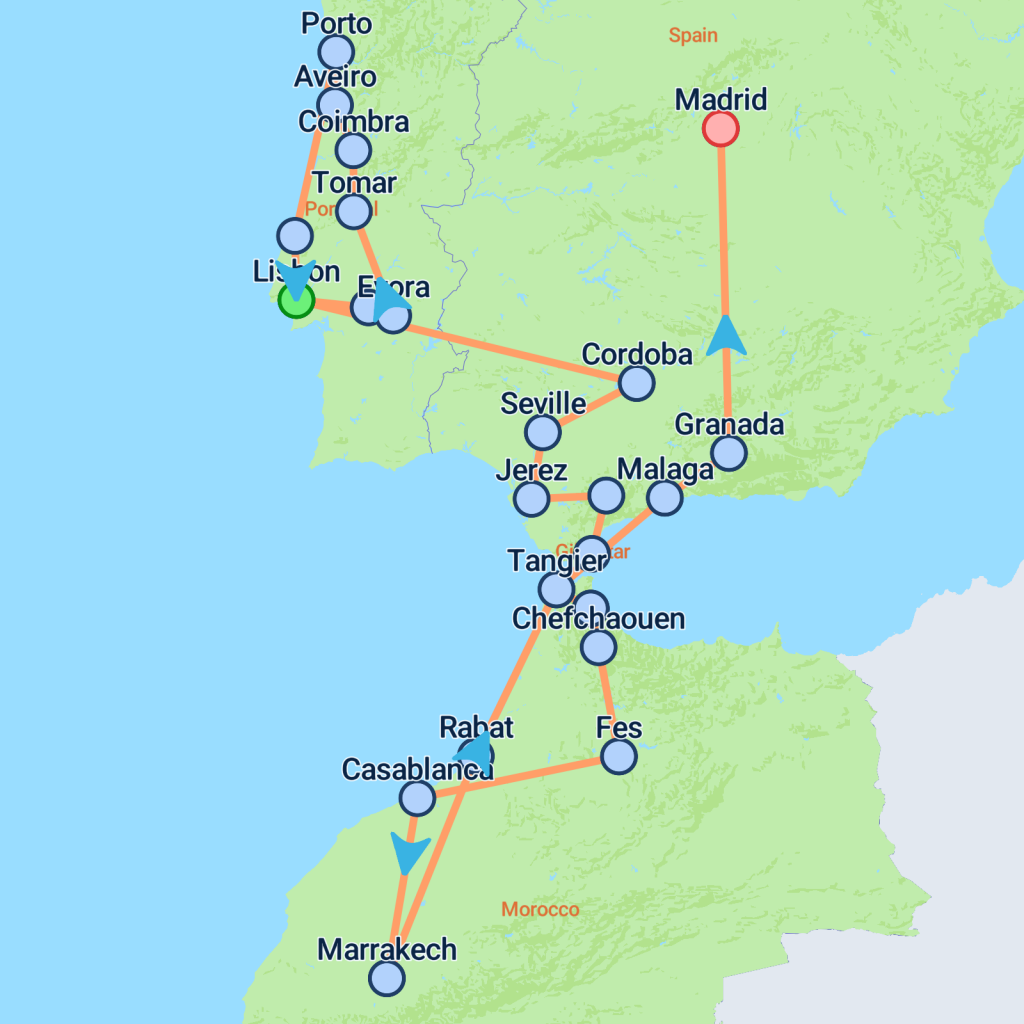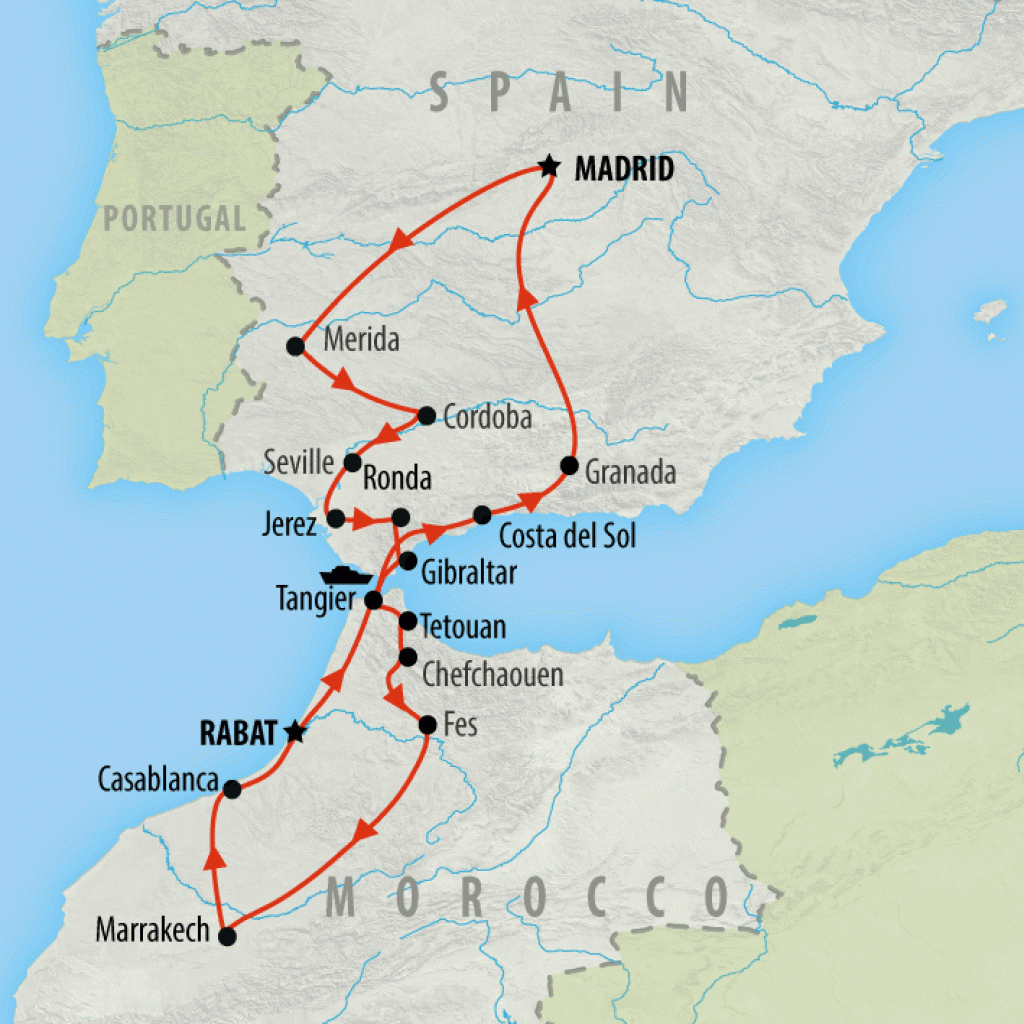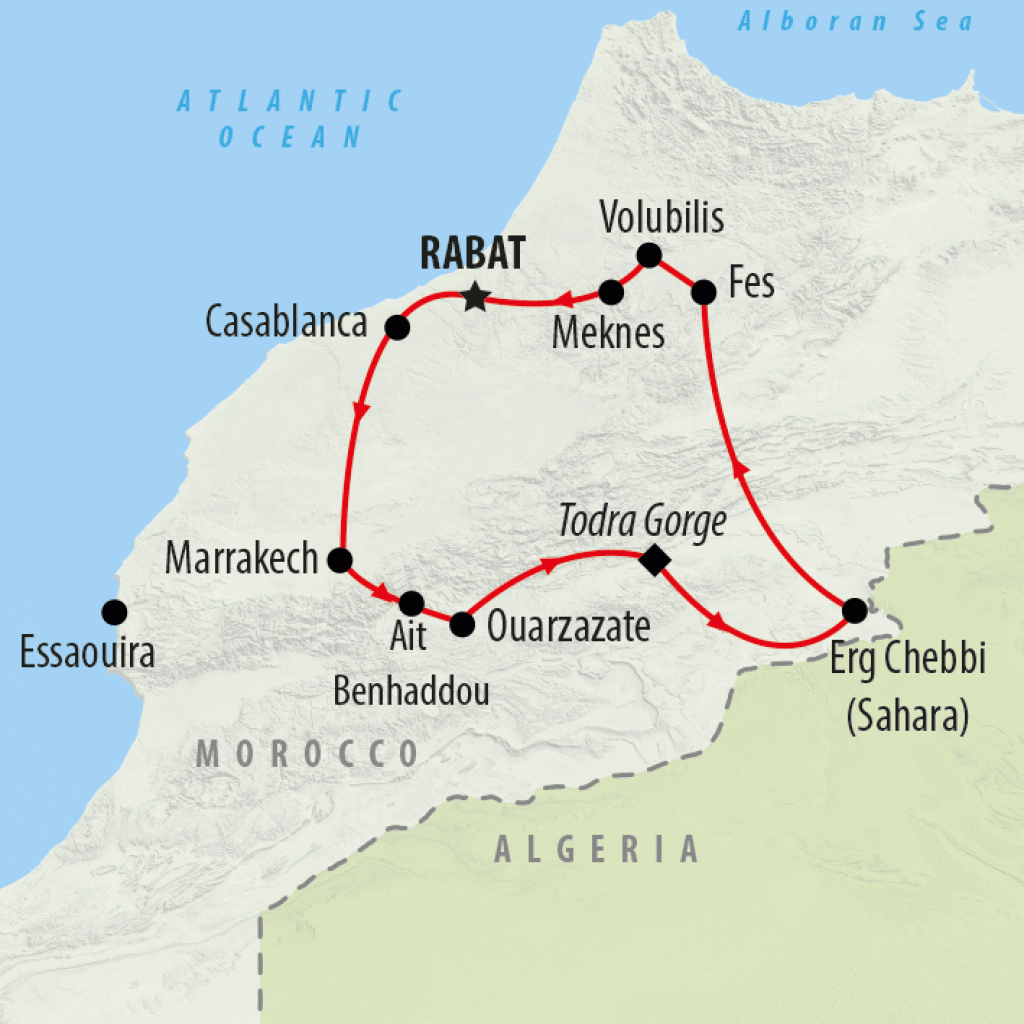Morocco is home to more UNESCO World Heritage sites than any other country on the African continent. With a total of nine designated sites, Morocco claims two more than the wonder-strewn land of ancient Egypt with a further 13 sites up for consideration on the UNESCO Tentative List. Thanks to its relatively compact size and the convenient locations of these sites, it's possible to visit all nine on one trip.
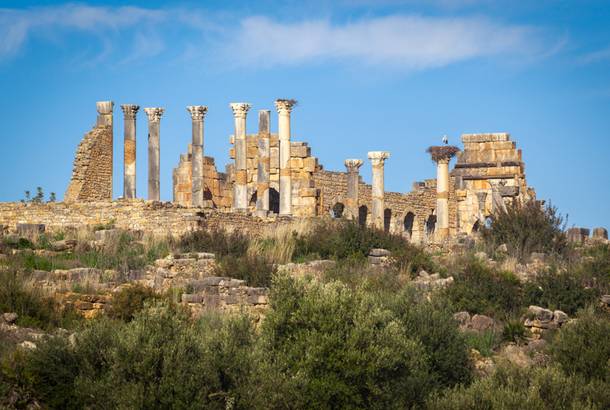
Volubilis
Dating back to the 3rd century BC, the Roman ruins of Volubilis are the best preserved archaeological site in Morocco. It is believed to have been the capital of the kingdom of Mauretania and was originally established by the local Berber community before being developed by the Romans. At the height of its prosperity the city boasted a basilica and temple, but once the Roman Empire lost control of Volubilis it served as an Islamic settlement. By the 11th century Volubilis had been abandoned.
It was the late 1800s before the ruins of Volubilis began to be excavated, revealing the many well-preserved treasures. Beautiful mosaics were uncovered and much of the site has been painstakingly restored. Even in ruin the triple-arched Tingis gate and free-standing colonnades speak of wealth and success.
Tips for visiting Volubilis
Time your visit with the spring months (March - May) when the ruins are decorated with wildflowers and the surrounding fields are a vivid green. Same goes for much of Morocco, but if you're visiting during the warm summer months from June - August then make sure you bring plenty of water, sunscreen and a hat, as the sun is intense around the exposed ruins. The best time to visit is early morning or late evening when the light is at its most magical.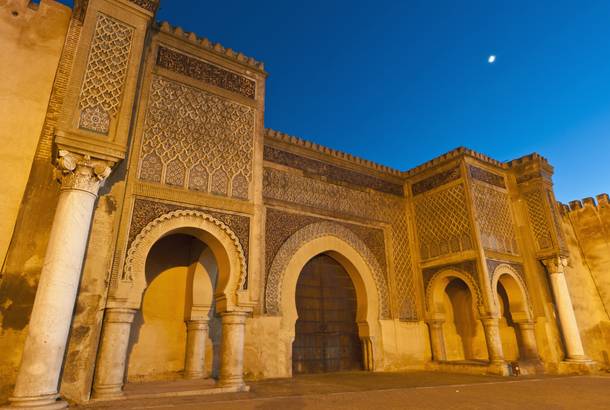
Meknes
The lesser-visited of Morocco's four imperial cities, Meknes is an impressive example of the fusion of Spanish and Moorish influence in Moroccan architecture and urban design. Originally founded by a Berber tribe, the city flourished as capital in the 17th century under Sultan Moulay Ismaïl who built the 25km-long walls that encircle the city. The sultan now rests in a lavish mausoleum complete with brightly colored courtyards and ornately decorated interiors that are open to non-Muslim visitors.
Meknes is within striking distance of Fes yet remains woefully neglected by travelers, most likely because of this proximity to one of Morocco's most celebrated destinations. Those that do venture here will find a similar labyrinth of medina streets and exotic markets but with a much more relaxed atmosphere. The large square of Pl el-Hedim serves as the heart of Meknes medina with theatrical displays of local life that rival Marrakech's better-known Djemaa el-Fna. It's entered through the imposing city gate bearing mosaics and inscriptions.
Tips for visiting Meknes
Explore the medina by foot and follow the winding alleys to your heart's content - you never know what you might find. Visit the Dar Jamai Museum for its splendid rooms and eclectic displays and if you've got longer, consider using Meknes as a base to visit nearby Volubilis and the whitewashed holy town of Moulay Idriss.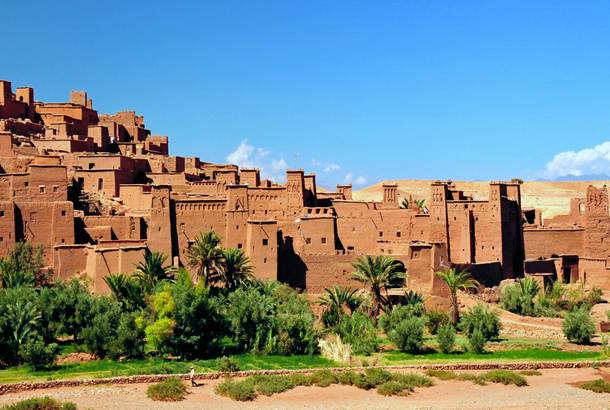
Ait Benhaddou
The best known and most stunningly preserved of Morocco's attractions, Ait Benhaddou is a red mudbrick citadel that rates as one of the country's most popular sights. High defensive walls with commanding corner towers surround ancient dwellings known as kasbahs that are home to just a handful of residents. The extraordinary earthen clay structure dates back to the 17th century but it's Ait Benhaddou's more recent incarnations that attract international visitors. It has been used as a location for various Hollywood blockbusters including The Mummy, Gladiator and Kingdom of Heaven. More recently, it starred in the hit TV show Game of Thrones as Yunkai, one of the slave cities that Daenerys Targaryen conquers with her dragons!
It's believed a town has existed on the site of Ait Benhaddou since 757 BC and parts of what you see today are a near-perfect example of Ait Benhaddou as a more modest 11th century caravanserai. Many of the families that once lived here moved to more modern accommodation across the river decades ago and it's the resulting emptiness that gives Ait Benhaddou its sense of mystery and wonder.
Tips for visiting Ait Benhaddou
Once inside the citadel, climb the steps to the top for great views across the houses. Combine a visit to this living film set with a trip to the Atlas Film Corporation Studios in Ouarzazate where you can see sets and props from the movies filmed in the area.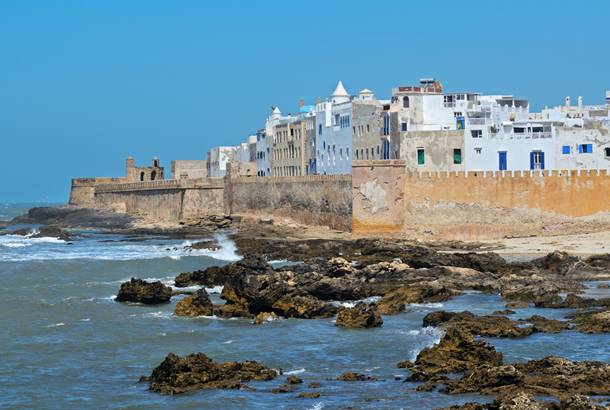
Essaouira
Located on the west coast of Morocco facing the Atlantic Ocean, the fortified town of Essaouira earned its place on the UNESCO World Heritage list with its impressive medina and European military architecture. Present day Essaouira was constructed in the late 18th century as a strategic harbor, the site chosen for its easy reach from Marrakech. Medieval-looking battlements enclose a wonderfully preserved medina with navigable alleys where colorful shops and aromatic markets await. Outside of the walls is the Skala du Port that overlooks a fishing harbor, which has changed little over the years.
In Essaouira you could be forgiven for thinking you've found yourself in the northwest of France rather than on the coast of Morocco. This isn't such a stretch of the imagination when you consider that the coastal city was designed by French military architect Théodore Cornut, who took the walled port city of Brittany as his inspiration. The food here also rivals that of France with delicious fresh seafood alongside traditional tagine and French classics. There are few formal sights in Essaouira but the joy of visiting is found in the idle rambling, leisurely shopping and relaxed dining.
Tips for visiting Essaouira
If you find the chaos of Marrakech's medina too overwhelming, save your souvenir shopping for Essaouira, known for its mellow atmosphere and friendly shop keepers. If shopping's not your thing, take advantage of the coastal wind, known locally as the alizee, which beckons wind and kite surfers from all around the globe. We've also got suggestions for things to do in Essaouira up on our blog!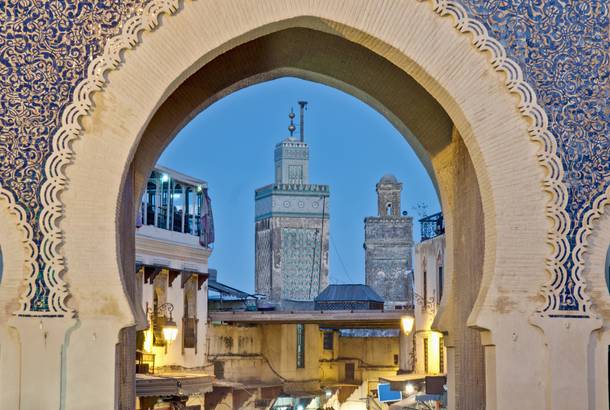
Fes
The oldest of Morocco's imperial cities, Fes captures the imagination like few other places on the planet. It's an intoxicating offering of history, culture and exoticism having served as the capital of modern Morocco until 1925 and hosting an eclectic population of Berbers, Spanish and Portuguese Muslims, and Arabs over the years. The city was originally founded in the 9th century and enjoyed its golden age between the 13th and 14th centuries. Many of the palaces, madrasas (Islamic colleges), mosques and residences found in the UNESCO-listed medina date from this period.
The core layout of the medina has changed very little over the last millennium and is today the same bewildering maze of alleyways lined with burgeoning market stalls. As the world's largest car-free urban area it's thrilling and overwhelming but perhaps nowhere in the city quite assaults the senses like the iconic tanneries. The smell of dye and leather permeates the air and the large tanning pits provide a patchwork of color like a Pointillism painting viewed up-close.
Tips for visiting Fes
Getting lost in the Fes medina is half the fun as you never know what you might stumble upon from a hole-in-the-wall bakery serving the freshest bread in town to an attractive square with a feature fountain. To help navigate, keep in mind that Fes is shaped like a bowl - you will travel downhill to get into the medina so when you're ready to get out, simply head uphill and perhaps use the compass feature on your mobile phone to make sure you're going in the right direction.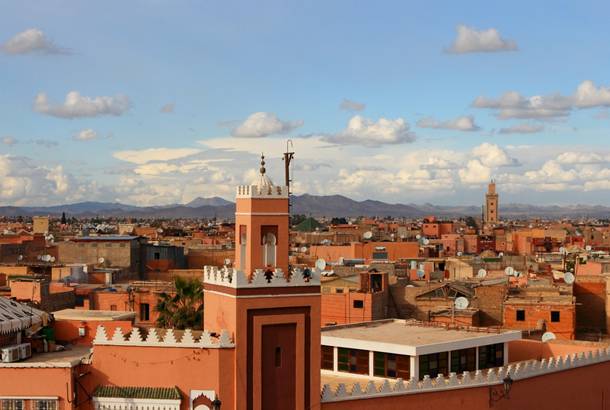
Marrakech
The most important of Morocco's imperial cities, and the starting point for the majority of our Morocco tours, Marrakech was an influential trading center during its political, economic and cultural zenith in the 16th century. The historic city you see today was established in AD 1062 with terracotta-colored mudbrick walls and architecture that give Marrakech's its nickname of the 'Red City'. Throughout its history the city has seen many reincarnations from capital of the kingdom to hippy hotspot that has inspired travelers since the 1960s.
The medina of Marrakech was inscribed on the World Heritage list in 1985 due to its impressive collection of monuments. This includes the discernible Koutoubia Mosque, the splendid Ali ben Youssef Medersa and the opulent Bahia Palace. Within the ramparts are also numerous souks, hammams (public bath) and funduqs (courtyard complex). And at the center of all this is Djemaa El-Fna, the city's pulsating main square and a veritable open-air theatre with snake charmers, henna artists and food vendors all vying for your attention.
Tips for visiting Marrakech
You won't get far into the souks before the local shop owners begin beckoning you into their stores to try and sell you their wares. If you're not interested, either politely say “La Choukran” ("No thank you") or simply ignore them and keep walking. For the best quality, purchase goods from specialist souks rather than those that sell a little of everything and don't forget to haggle.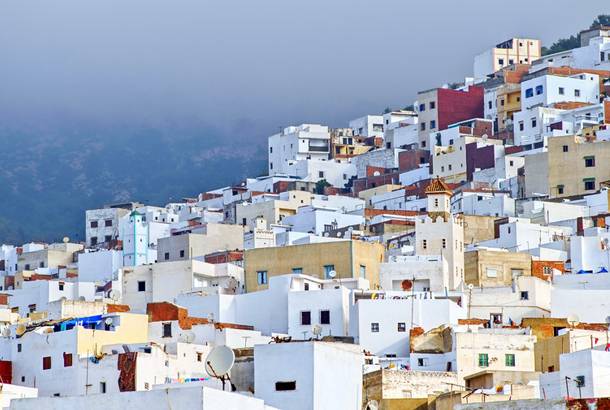
Tetouan
Situated between the Rif Mountains and Mediterranean Sea, the atmospheric city of Tetouan is a unique and perfect display of Andalusian influence and Hispano-Moorish character. The city once served as the main point of contact between Morocco and Andalusia, and was home to a population of Andalusian refugees that transformed Tetouan with their local art and architecture. Untouched by any other cultural influence and so far safe from mass tourism, Tetouan found its medina honored with UNESCO World Heritage status in 1997.
Although one of Morocco's smallest, the Tetouan medina is beautifully complete with an air of authenticity that makes it particularly appealing. The wide streets are largely free of the congestion and commotion found in the medinas of Fes and Marrakech yet there's the same sense of the exotic with local artisans busy at their work and stalls piled high with locally-grown produce. And like these other cities, Tetouan is best enjoyed on foot and in no rush.
Tips for visiting Tetouan
If you can, time your visit to Tetouan with a Monday as this is when the medina really comes alive with the weekly market. The streets overflow with everything from fruit and vegetables to metalwork and clay pots. There's plenty on offer throughout the rest of the week though if leatherwork is what you're after, head straight to the small tannery at Bab M'Kabar.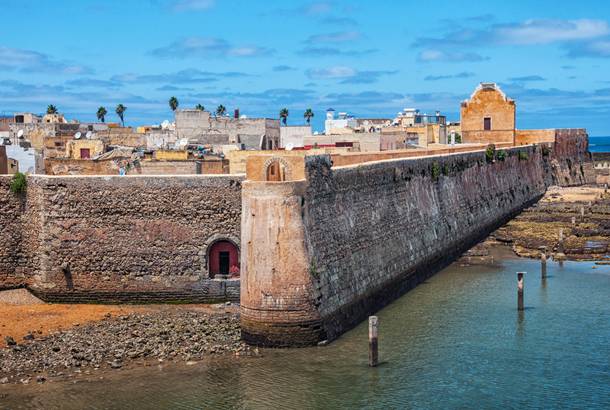
El Jadida
Formerly known as Mazagan, this Portuguese city dates back to the 16th century with an atmospheric medina, large stone walls and inclined ramparts that were awarded UNESCO status in 2004. Situated on the Atlantic coast two hours south of Casablanca, the city beautifully displays the influences of European and Moroccan cultures and how these were often combined in urban town planning and architecture. Despite this El Jadida is usually overlooked by international visitors and remains pleasantly sleepy for much of the year.
The old Portuguese city is compact enough to explore in a few hours with rambling alleys that retain their traditional character and a number of interesting landmarks including the Church of the Assumption, the Grand Mosque and the abandoned synagogue. There's also the Portuguese Cistern, famous for its stunning mirror image of the expansive, vaulted ceiling reflected in a thin film of water that covers the floor.
Tips for visiting El Jadida
If you're short on time, consider stopping off at El Jadida on a journey between Essaouira and Casablanca. The road trip is around seven hours and a few hours could be spent exploring El Jadida to break up the journey. If you have longer, spend a night here and do as the locals do and hit the lovely beaches to the north and south of town.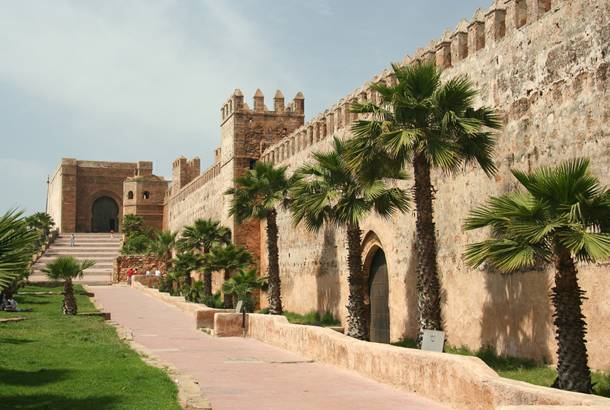
Rabat
Serving as the political and administrative capital of Morocco since 1956 when the country won independence from France, Rabat is a fascinating amalgamation of the modern and the historic. The city was founded in the 12th century and made capital of the empire with a fortress built by an Almohad ruler, which makes it younger than other historic cities in Morocco. After a period of decline and losing the status of capital to Fes, Rabat enjoyed a renaissance in the 1900s under French rule when it was made capital once again. Today the Ville Nouvelle (French new town) is an impressive example of 20th century urban planning in North Africa with enchanting relics of what Rabat was before the French arrived.
Many travelers ignore Rabat in favor of the more exotic Marrakech and Fes yet those who do spend time in the capital are awarded with lovely colonial architecture, pleasant palm-lined boulevards and a cosmopolitan ambience that matches that of more popular Casablanca. Inscribed on the World Heritage list in 2012, the city displays numerous monuments and architectural features from earlier dynasties including the 17th century medina and the Hassan tower, all that was completed of the ambitious project to build the world's largest mosque.
Tips for visiting Rabat
For a slice of traditional Morocco, it's worth making time for an excursion to the quiet town of Salé located on the opposite side of the Bou Regreg river. Here you'll find the Grande Mosquée, one of the oldest in the country, revered shrines and atmospheric souks. Bear in mind that as a very traditional and pious part of Morocco, visitors are expected to dress respectively and conservatively.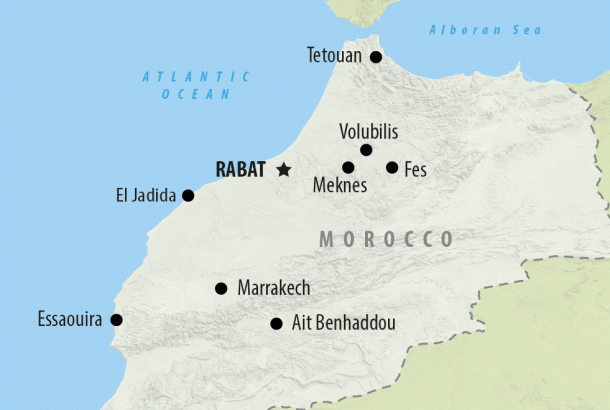
Recommended Tours
You'll find a number of Morocco's most popular World Heritage sites featured on our Morocco group tour itineraries that often start and end in Marrakech. Here's a selection of some of our best-selling tours to get you started. Alternatively, if you are interested in visiting all nine of Morocco's UNESCO sites then get in touch with our expert Tailor-made team who will be happy to put together your perfect itinerary.
